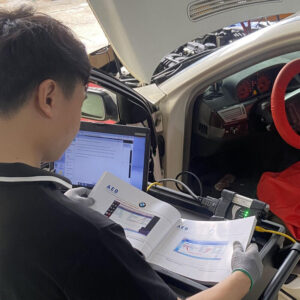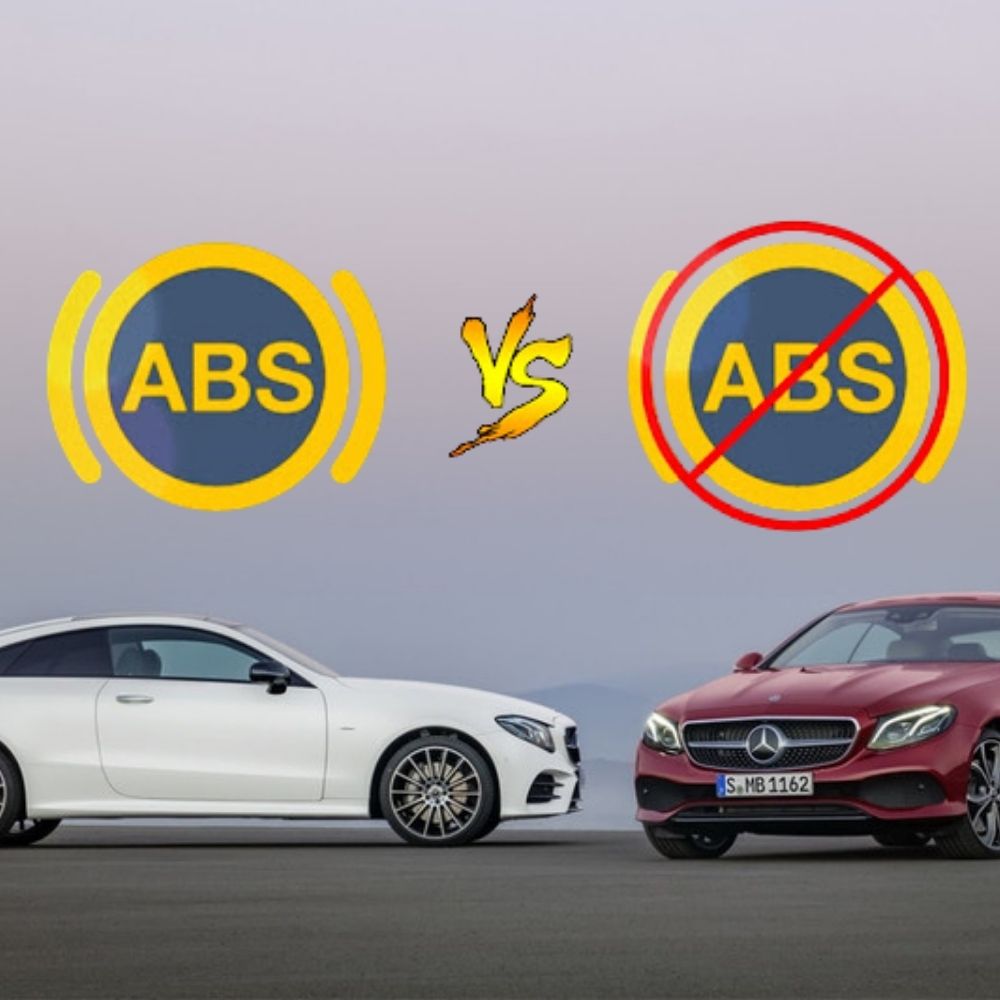
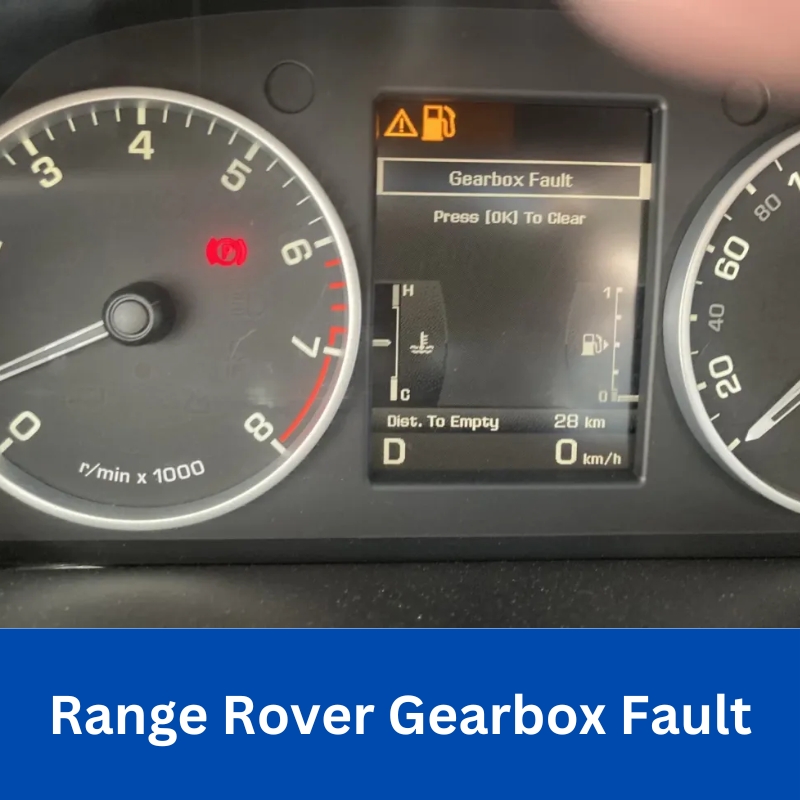
Range Rover Gearbox Faults: Causes, Symptoms, and Fixes
Contents
Range Rover vehicles are renowned for their luxury, durability, and high performance. However, like any other complex machinery, they are not immune to mechanical issues. One of the most common and costly problems faced by Range Rover owners is gearbox faults. These issues can range from minor inconveniences to severe transmission failures, which can affect driving performance and safety. In this article, AutoExplain’s experts will guide you through the symptoms, causes, and solutions for Range Rover gearbox faults to help you resolve them efficiently and cost-effectively.
1. Symptoms of Range Rover Gearbox Faults
Identifying gearbox issues early can prevent further damage and costly repairs. Here are some common symptoms of Gearbox Fault Range Rover:
-
“Gearbox Fault” Warning Illumination on the Dashboard: This is often the most direct and unmistakable sign that your Range Rover’s internal diagnostics system has detected an anomaly within the transmission system. It’s crucial not to ignore this warning and to investigate the issue promptly.
-
“Transmission Fault” Message Display: Similar to the “Gearbox Fault” warning, a “Transmission Fault” message appearing on your dashboard indicates that the system has identified a problem related to the shifting of gears or the overall control of the transmission.
-
Noticeable Difficulty in Shifting Gears: If you find the gear selector becoming stiff, unresponsive, or reluctant to move between park, reverse, neutral, drive, or sport modes, this could be a sign of an underlying gearbox issue.
-
Uncharacteristic Noises During Gear Changes: Pay close attention to any unusual sounds emanating from the transmission area, such as grinding, whining, clunking, or clicking noises that occur specifically when the vehicle is shifting gears.
-
Experiencing Gear Slippage: This occurs when the transmission unexpectedly shifts out of the selected gear while driving, often accompanied by a noticeable loss of acceleration efficiency. This is a serious symptom that requires immediate attention.
-
Issues with Acceleration and Responsiveness: If your Range Rover hesitates to gain speed when you press the accelerator pedal, or if there’s a significant delay in response, it could indicate a problem within the transmission affecting the engine’s power delivery to the wheels.
-
Jerky or Abrupt Gear Transitions: Instead of smooth and seamless gear changes, you might notice the vehicle lurching or exhibiting rough transitions between gears.
-
Inability to Engage Specific Gears: You may find that your Range Rover struggles to engage a particular gear, or in some cases, refuses to engage it altogether.
-
Transmission Fluid Leaks: While not always directly a symptom of an internal fault, leaks can lead to low fluid levels, which in turn can cause a multitude of transmission problems. Look for reddish-brown fluid under your vehicle.
-
Vibrations or Shaking: Unusual vibrations or shaking sensations, particularly at certain speeds or during gear changes, can sometimes be attributed to gearbox issues.
Should you observe any of these symptoms, it is imperative to take swift action. Delaying investigation and repair can lead to more extensive damage and significantly higher repair costs down the line for your Range Rover transmission problems. Consulting with experienced professionals is highly recommended to accurately diagnose and resolve these issues effectively.
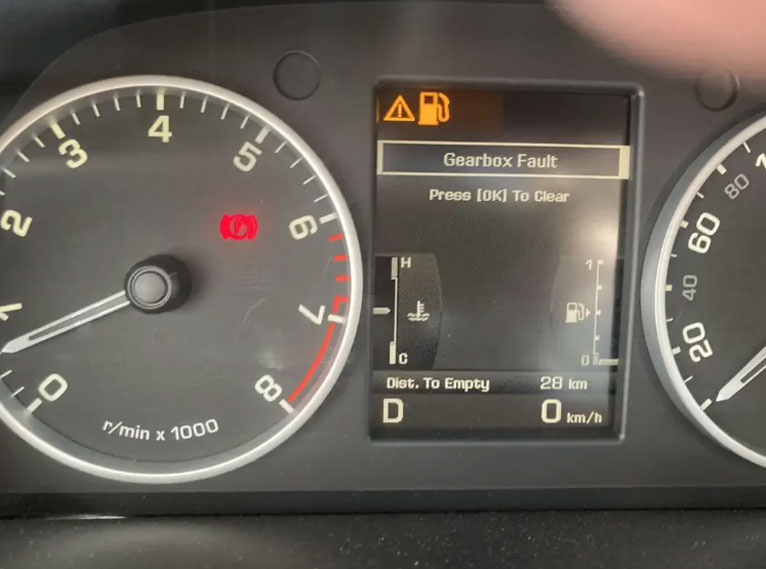
If you need to learn more about Jaguar Land Rover Programming & Coding Guidebook Master Pathfinder and SDD Software, you can refer to the details in the book Jaguar Land Rover Programming & Coding Guidebook
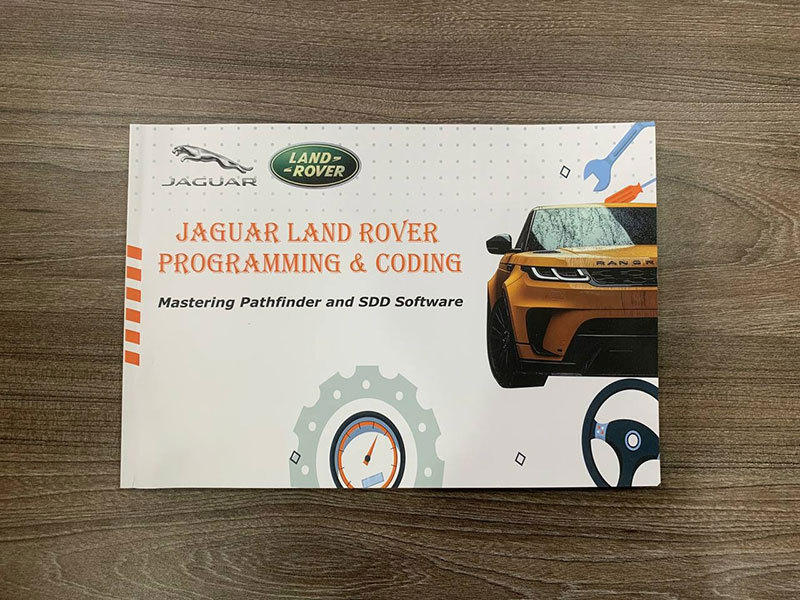
2. Common Causes of Range Rover Gearbox Faults
Understanding the root cause of gearbox faults is essential for effective repairs. Here are some common reasons why your Range Rover may experience transmission problems:
To effectively address Range Rover gearbox issues, it’s essential to understand the underlying causes that can lead to these malfunctions. Several factors can contribute to transmission problems in your luxury SUV. Here are some of the most common culprits behind Range Rover gearbox faults:
-
Transmission Control Module (TCM) Failure: The TCM acts as the brain of your Range Rover’s transmission system, responsible for managing gear shifts and overall transmission operation. A malfunctioning TCM can lead to a variety of problems, including the illumination of warning lights, difficulty in selecting gears, and a breakdown in communication between the engine and the transmission.
-
Impact: Erratic shifting, limp mode activation, complete transmission failure.
-
Repair: TCM replacement or, in some cases, reprogramming.
-
-
Low Transmission Fluid Levels: Transmission fluid plays a vital role in lubricating and cooling the intricate components within the gearbox. Insufficient fluid levels can result in rough shifting, overheating of the transmission, and ultimately, transmission failure. Leaks, often from seals or gaskets, are a common cause of low fluid.
-
Impact: Slipping gears, overheating, potential internal damage.
-
Repair: Identifying and fixing the leak, followed by a transmission fluid top-up or complete fluid change.
-
-
Worn or Damaged Transmission Belt: While not all automatic transmissions use belts in the same way a continuously variable transmission (CVT) does, some systems have internal components that can wear over time. A worn-out or damaged component within the transmission can lead to issues such as delayed shifting, failure to engage reverse gear, or harsh gear transitions.
-
Impact: Delayed or rough shifting, inability to select certain gears.
-
Repair: Internal transmission inspection and replacement of the worn or damaged part.
-
-
Torque Converter Malfunction: The torque converter is a fluid coupling that transfers power from the engine to the transmission. A malfunctioning torque converter can cause excessive slipping, leading to overheating and problems with gear shifting, ultimately increasing wear on the transmission.
-
Impact: Shuddering, poor acceleration, overheating, inefficient power transfer.
-
Repair: Torque converter replacement.
-
-
Faulty Gear Shift Module: The gear shift module is the electronic interface you interact with to select gears. If this module becomes defective, it can cause difficulty in selecting the desired gear or result in incorrect gear engagement.
-
Impact: Inability to select gears, incorrect gear selection displayed.
-
Repair: Gear shift module replacement.
-
-
Valve Body Issues: The valve body is a complex hydraulic control center within the transmission that directs the flow of transmission fluid to various clutches and bands to facilitate gear changes. Malfunctions within the valve body, such as clogged passages or faulty solenoids, can lead to erratic, delayed, or unresponsive gear shifts.
-
Impact: Harsh shifting, delayed engagement, slipping gears, transmission getting stuck in one gear.
-
Repair: Valve body repair or replacement.
-
-
Speed Sensor Failure: Speed sensors provide crucial information to the TCM about the rotational speeds of various components within the transmission and the vehicle’s wheels. A faulty speed sensor can cause the transmission to shift improperly or even enter a limp or emergency mode.
-
Impact: Incorrect shifting, transmission stuck in a single gear (limp mode), speedometer issues.
-
Repair: Speed sensor replacement.
-
-
Brake Light Switch Malfunction: Surprisingly, a faulty brake light switch can sometimes interfere with proper gear shifting, particularly the ability to shift out of park. This is often a safety interlock feature.
-
Impact: Inability to shift out of park.
-
Repair: Brake light switch replacement.
-
-
Steering Angle Sensor Issues: The steering angle sensor interacts with other vehicle systems, including the Anti-lock Braking System (ABS) and sometimes the transmission control module. A malfunction can trigger fault codes and potentially affect transmission behavior, although this is less direct than other causes.
-
Impact: Potential for fault codes and interaction with other safety systems.
-
Repair: Steering angle sensor calibration or replacement.
-
-
Software Glitches in the Transmission Control Unit: Like any sophisticated electronic system, the Transmission Control Unit (TCU) relies on software to function correctly. Software glitches or corruption can lead to erratic shifting behavior, requiring software updates or reprogramming to resolve.
-
Impact: Erratic or unpredictable shifting patterns.
-
Repair: TCU software update or reprogramming.
-
-
Weak Battery Voltage: A weak or failing battery can disrupt the delicate electronic communication within the gearbox system. Insufficient voltage can lead to transmission lag, improper gear changes, and other electrical gremlins.
-
Impact: Sluggish shifting, intermittent transmission issues.
-
Repair: Battery replacement and system check.
-
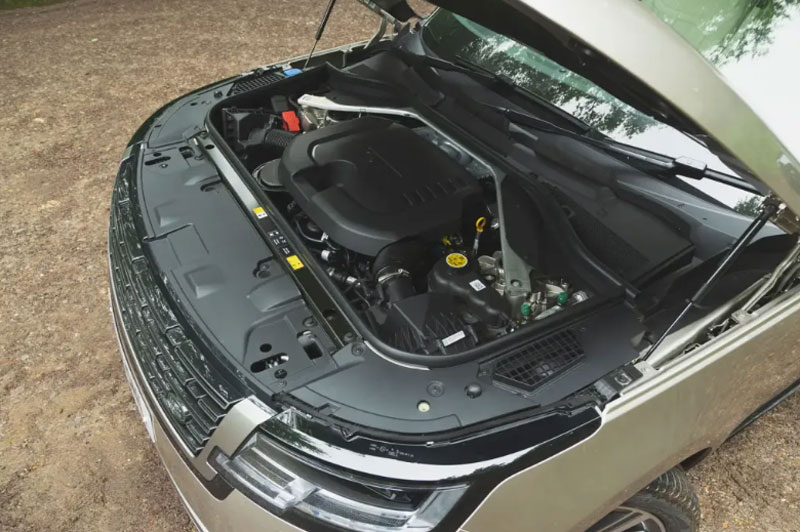
3. Common Fault Codes Related to Range Rover Gearbox Issues
When your Range Rover detects a problem with its gearbox, it often stores diagnostic trouble codes (DTCs) that can be accessed using an OBD-II diagnostic tool. These fault codes provide valuable clues about the nature of the issue. Here are some common fault codes you might encounter related to Range Rover gearbox issues:
| Fault Code | Description | Possible Causes |
| P0700 | Transmission Control System Malfunction | Generic code indicating a problem within the TCM or related circuitry. |
| P0730 | Incorrect Gear Ratio | The transmission is not achieving the expected gear ratio for the selected gear. |
| P0731 | Incorrect Gear Ratio – 1st Gear | The transmission is not achieving the correct gear ratio when in first gear. |
| P0732 | Incorrect Gear Ratio – 2nd Gear | The transmission is not achieving the correct gear ratio when in second gear. |
| P0733 | Incorrect Gear Ratio – 3rd Gear | The transmission is not achieving the correct gear ratio when in third gear. |
| P0734 | Incorrect Gear Ratio – 4th Gear | The transmission is not achieving the correct gear ratio when in fourth gear. |
| P0735 | Incorrect Gear Ratio – 5th Gear | The transmission is not achieving the correct gear ratio when in fifth gear (if applicable). |
| P0736 | Incorrect Gear Ratio – Reverse | The transmission is not achieving the correct gear ratio when in reverse gear. |
| (Various P Codes) | Solenoid Malfunctions | Codes indicating issues with specific shift solenoids (e.g., P0750, P0755, etc.) within the valve body. |
| (Various P Codes) | Sensor Malfunctions | Codes related to faulty input or output speed sensors (e.g., P0715, P0720, etc.). |
| (Various P Codes) | Valve Body Issues | Codes that may point to problems within the valve body assembly. |
| (Various U Codes) | Communication Issues | Codes indicating a loss of communication between the TCM and other vehicle modules (e.g., U0101). |
It’s important to note that these fault codes are a starting point for diagnosis. A thorough inspection and further testing by a qualified technician are usually required to pinpoint the exact cause of the Range Rover transmission problems. Simply clearing the codes without addressing the underlying issue will likely result in the problem recurring.
4. How to Fix Range Rover Gearbox Faults
Addressing Range Rover gearbox faults requires a systematic approach to ensure the issue is resolved correctly and efficiently. Here are some crucial steps to follow when tackling transmission problems in your luxury SUV:
Step 1: Check and Diagnose Error Codes with Precision
The first crucial step is to accurately identify the problem. Utilize a professional-grade diagnostic tool, such as JLR SDD (Jaguar Land Rover Symptom Driven Diagnostics) or another advanced OBD-II scanner capable of reading transmission-specific fault codes. This will provide valuable insights into the nature of the gearbox fault. Note down all the codes present, as they will guide the subsequent diagnostic process for your Land Rover gearbox faults.
Step 2: Meticulous Inspection of Transmission Fluid
Locate the transmission fluid dipstick (if your model has one) and carefully check the fluid level. The level should be within the indicated range. Also, examine the condition of the fluid. It should be a clear, reddish color. Dark, burnt-smelling fluid indicates overheating and potential internal damage. If the fluid is low, top it up with the manufacturer-recommended type. If the fluid is old or contaminated, a complete transmission fluid and filter change is advisable. Always adhere to Range Rover’s specific fluid recommendations.
Step 3: Thorough Examination of Wiring and Connectors
Inspect the wiring harness and electrical connectors leading to the transmission and its associated sensors and modules. Look for any signs of loose connections, corrosion, damage to the wiring insulation, or bent pins. Even seemingly minor electrical issues can disrupt communication and cause gearbox malfunctions in your Range Rover automatic transmission problems. Clean any corroded connections and ensure all connectors are securely fastened.
Step 4: Strategic Replacement or Repair of Faulty Components
Based on the diagnostic codes and further testing, identify any faulty components. If the valve body is suspected to be the issue, it may be possible to repair it, but in many cases, replacement is the more reliable long-term solution. Similarly, a malfunctioning torque converter or a failed TCM will typically require replacement with new or remanufactured units. If sensors like speed sensors or the gear shift module are identified as defective, install new, genuine Range Rover components to ensure proper operation.
Step 5: Performing Transmission Adaptation Reset for Smooth Operation
Many modern automatic transmissions, including those in Range Rovers, “learn” your driving style and adapt their shift patterns accordingly. After significant repairs or component replacements, it’s often necessary to reset these adaptation settings using JLR SDD software or a comparable professional diagnostic tool. This recalibrates the gearbox, allowing it to relearn and ensure smoother, more efficient gear changes. This step is crucial for resolving Range Rover gear shifting problems.
Step 6: Keeping Software Up-to-Date: Updating Transmission Control Software
Software glitches within the Transmission Control Unit can indeed cause shifting problems. Check if there are any available software updates for your vehicle’s TCU. Performing these updates or reprogramming the unit to the latest software version can resolve known issues and improve overall transmission performance. This often requires specialized tools and software.
Step 7: Rigorous Testing: The Post-Repair Test Drive
After completing all necessary repairs, conduct a comprehensive test drive under various driving conditions. Pay close attention to the smoothness of gear shifts, acceleration, and overall transmission behavior. Confirm that the “Gearbox Fault” or “Transmission Fault” warnings do not reappear on the dashboard. If any issues persist, further diagnosis is required.
Addressing Range Rover gearbox faults effectively often requires specialized knowledge, tools, and access to manufacturer-specific diagnostic equipment. For many owners, seeking assistance from experienced professionals who specialize in Range Rover vehicles is the most efficient and reliable way to resolve these complex issues. If you encounter these Range Rover gearbox errors, remember that expert help is available.
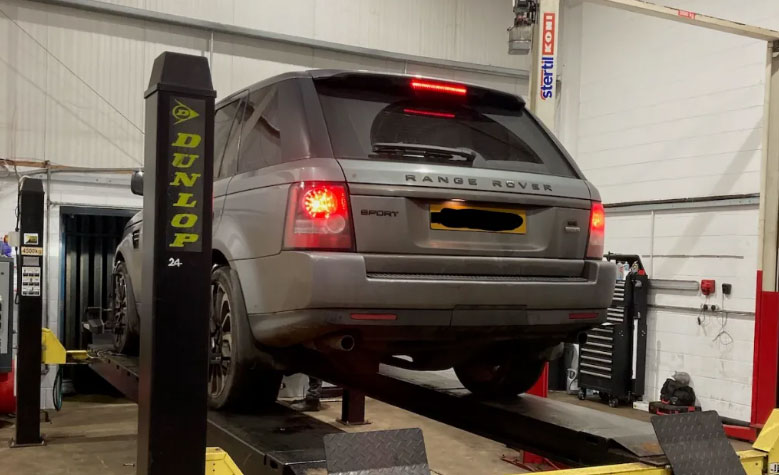
5. Tips to Prevent Gearbox Fault Range Rover
Prevention is always better than cure, and this holds true for your Range Rover’s gearbox as well. By adopting proactive maintenance habits, you can significantly extend the life of your transmission and minimize the risk of future problems. Here are some valuable tips to help prevent Gearbox Fault Range Rover:
-
Adhere to the Manufacturer’s Recommended Transmission Fluid Change Intervals: Regularly changing your transmission fluid as specified in your Range Rover’s owner’s manual is paramount. Fresh, clean fluid ensures proper lubrication and cooling, preventing premature wear and tear on internal components. Don’t neglect this crucial maintenance task.
-
Routine Inspection and Maintenance of Electrical Connections: Periodically inspect the electrical connections associated with your transmission, including wiring harnesses and connectors. Ensure they are clean, secure, and free from corrosion. Addressing any minor electrical issues early can prevent sensor failures and communication problems.
-
Schedule Regular Gearbox Diagnostics: Incorporate periodic gearbox diagnostics into your Range Rover’s maintenance schedule. This allows qualified technicians to check for any early warning signs of potential issues before they escalate into major faults. Early detection can save you considerable time and money in the long run.
-
Keep Software Updated for Optimal Performance: Ensure that your Range Rover’s transmission control unit software is always up-to-date. Software updates often include fixes for known glitches and improvements to transmission performance. Check with your dealer or a trusted independent specialist about available updates.
-
Practice Responsible Driving Habits: Avoid aggressive driving behaviors such as rapid acceleration, hard braking, and abrupt gear changes. These actions put excessive strain on the gearbox components and can contribute to premature wear and failure. Smooth and controlled driving is kinder to your transmission.
-
Be Attentive to Early Warning Signs: Pay close attention to any unusual noises, shifting difficulties, or warning lights. Addressing these early symptoms promptly can prevent minor issues from developing into more severe and costly Range Rover transmission problems.
-
Ensure Proper Cooling System Maintenance: The transmission cooler relies on the engine’s cooling system to function effectively. Maintaining your engine’s cooling system helps prevent the transmission from overheating, which can damage internal components and the transmission fluid.
-
Avoid Overloading Your Vehicle: Exceeding your Range Rover’s recommended towing or payload capacity can put undue stress on the transmission system, potentially leading to premature failure. Always adhere to the manufacturer’s guidelines.
-
Seek Professional Inspection After Any Transmission-Related Concerns: If you suspect any issues with your Range Rover’s transmission, don’t hesitate to seek professional inspection from a qualified mechanic specializing in these vehicles. Early diagnosis and intervention are key to preventing more significant problems.
By implementing these preventative measures, you can significantly enhance the longevity and reliability of your Range Rover’s gearbox, ensuring many more miles of smooth and enjoyable driving.
Need Professional Assistance? Contact AutoExplain!
If you’re struggling with Range Rover gearbox faults and need expert assistance, AutoExplain is here to help! We specialize in car diagnostics, coding, and programming. Our experienced professionals provide remote support to identify and resolve transmission issues efficiently. Contact us via WhatsApp: +1(936)2896695 for expert advice and troubleshooting support.
Or you can see more at: Car Programming & Coding
By addressing gearbox issues promptly, you can keep your Range Rover running smoothly and avoid costly repairs. Don’t wait—get in touch with AutoExplain today!

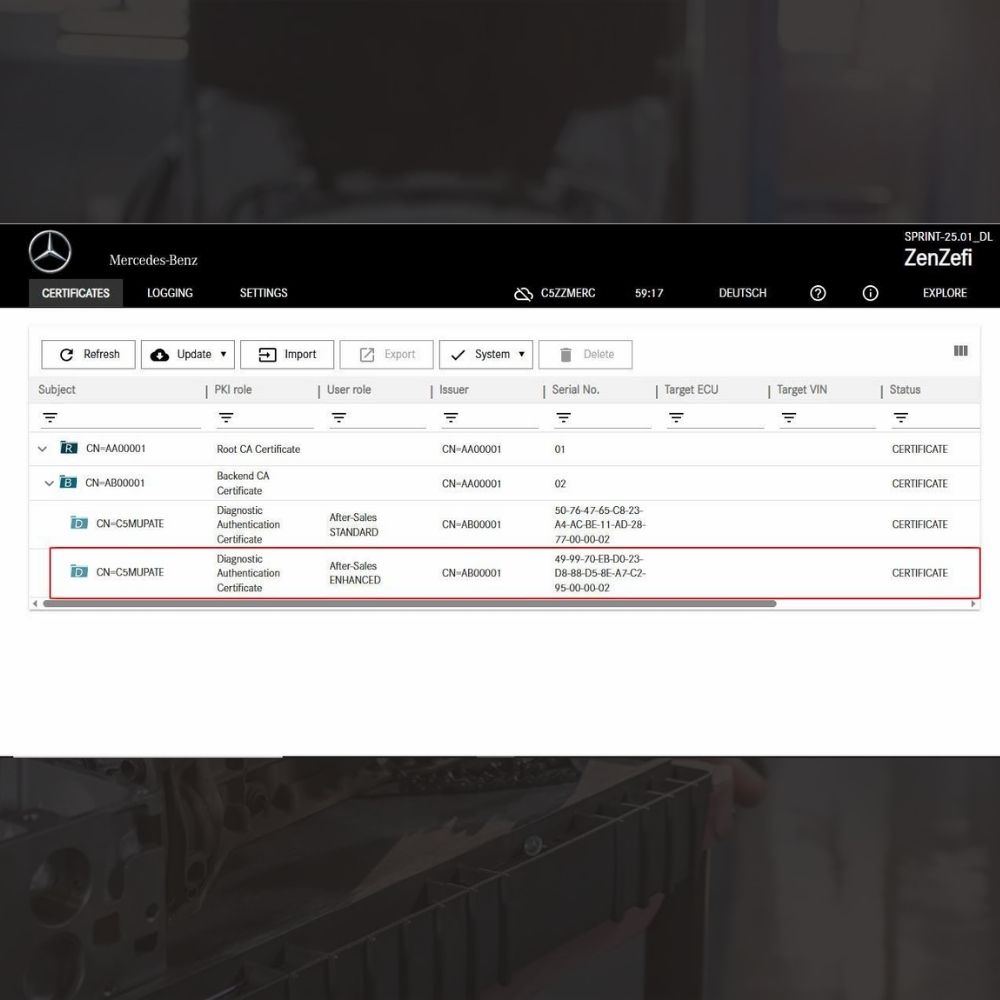
New Mercedes Car Coding Solution with ZenZefi certificate for DTS Monaco 9.02

What is DTS Monaco? Key Functions of DTS Monaco Software
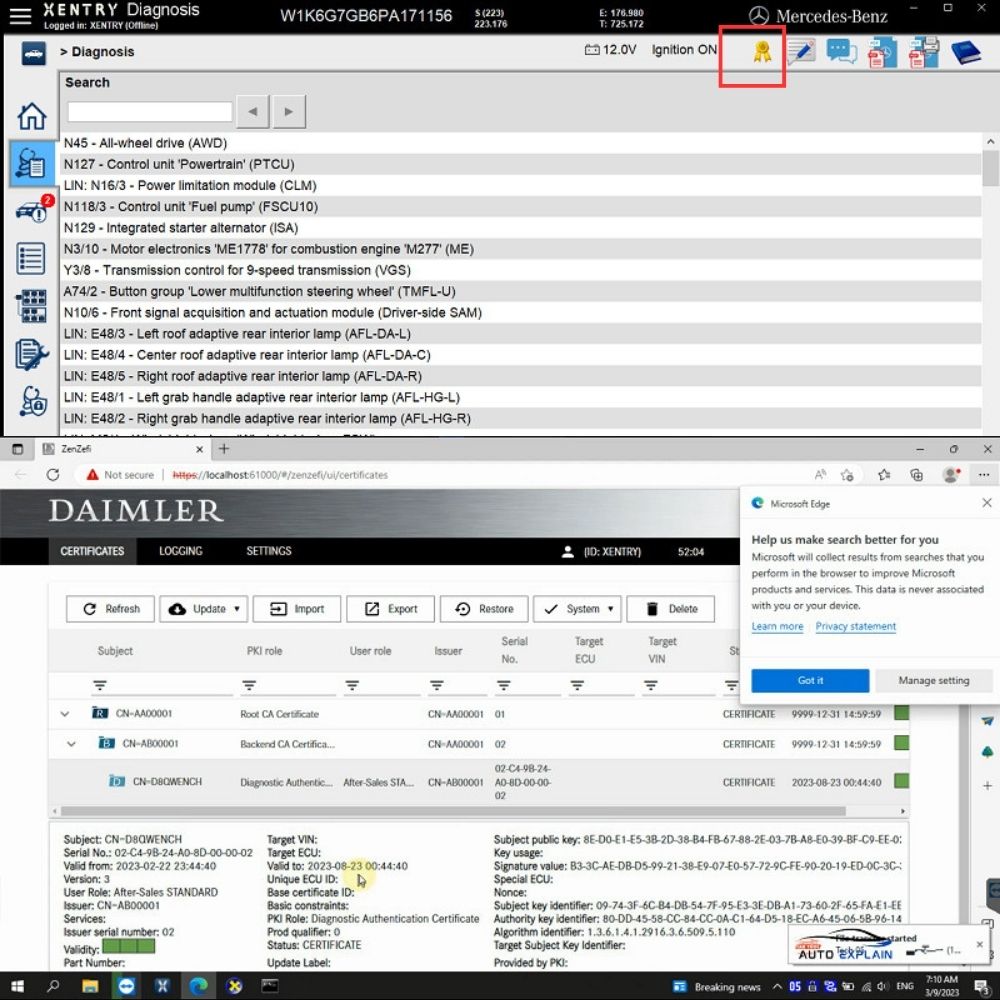
What is the Xentry Certificate Zenzefi? Why You Need It, and When It Is Required?



New Mercedes Car Coding Solution with ZenZefi certificate for DTS Monaco 9.02



